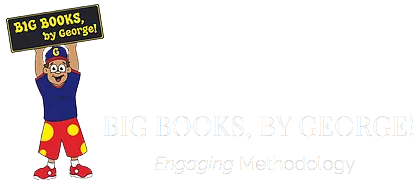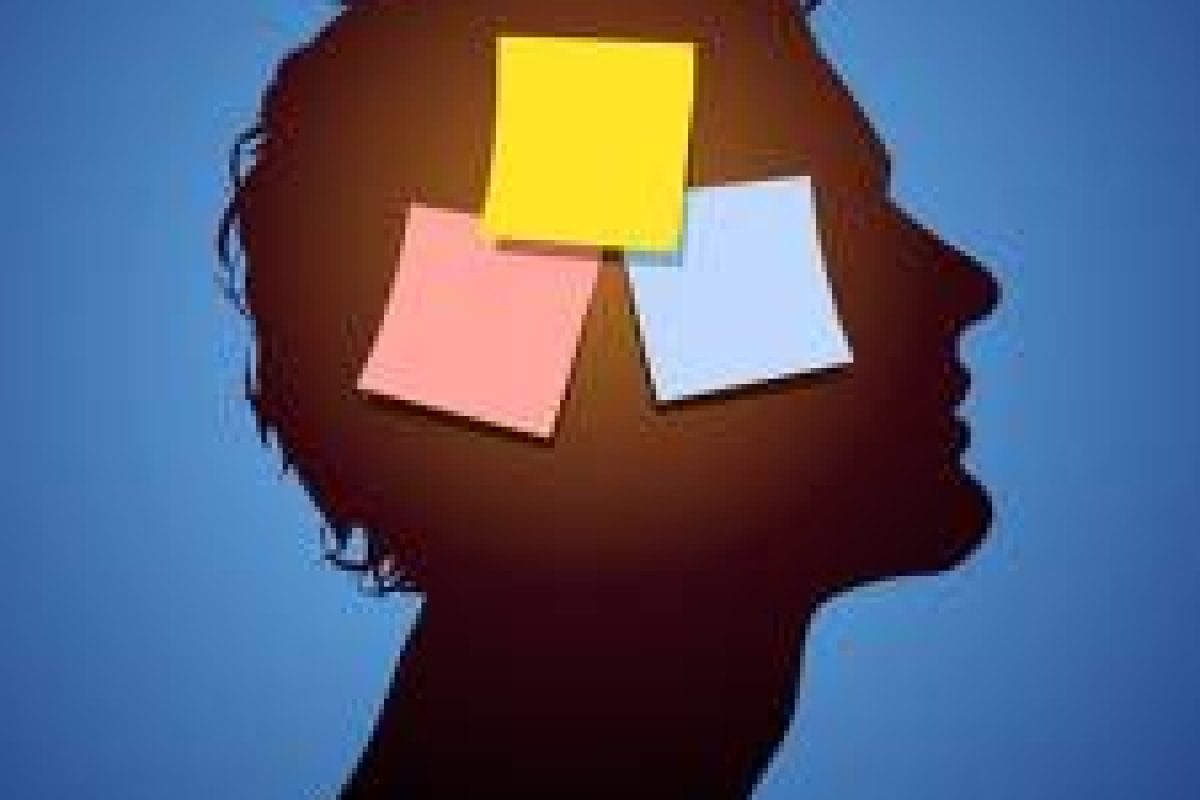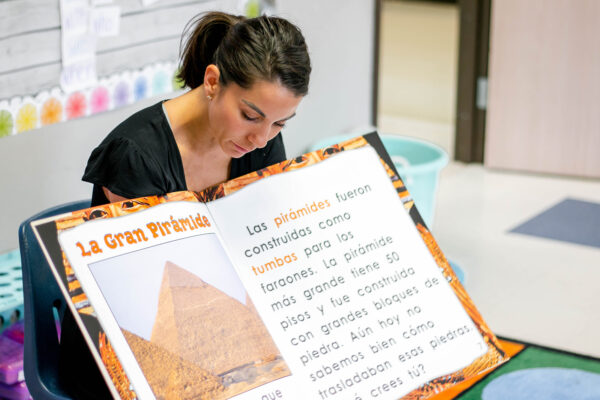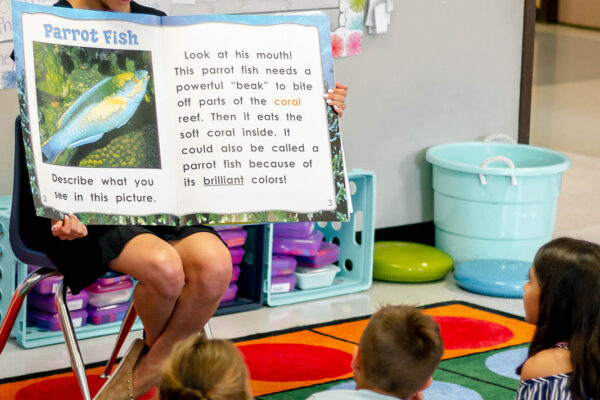Second language acquisition touches so many different areas of the human person, that it’s hard to always quantify or verbalize the simple structures that are complicit in the process. One such implication that receives less attention than the more obvious variables is the Working Memory.
There are different types of memories: Long Term, Short Term, and Working Memory. Though Long Term and Short Term are relatively self-explanatory, the Working Memory requires a bit more explanation.
Working Memory is “temporary storage and manipulation of the information necessary to perform high-level cognitive tasks, such as written and spoken language comprehension, reasoning, problem solving, and ultimately learning”. (source)
Working Memory and the Phonological Loop Theory
Working Memory is an essential component for learning more information on a certain topic, especially written and spoken language. The idea of working memory hinges on the theory of the Phonological Loop, first introduced by Baddeley and Hitch in 1974 which theorizes that verbal processing and visual processing work together in order to retain information. In more recent years, the episodic buffer has been added to this theory to describe the process of taking both visual and verbal information, and processing it into an episode, or a meaningful unit in stored memory.
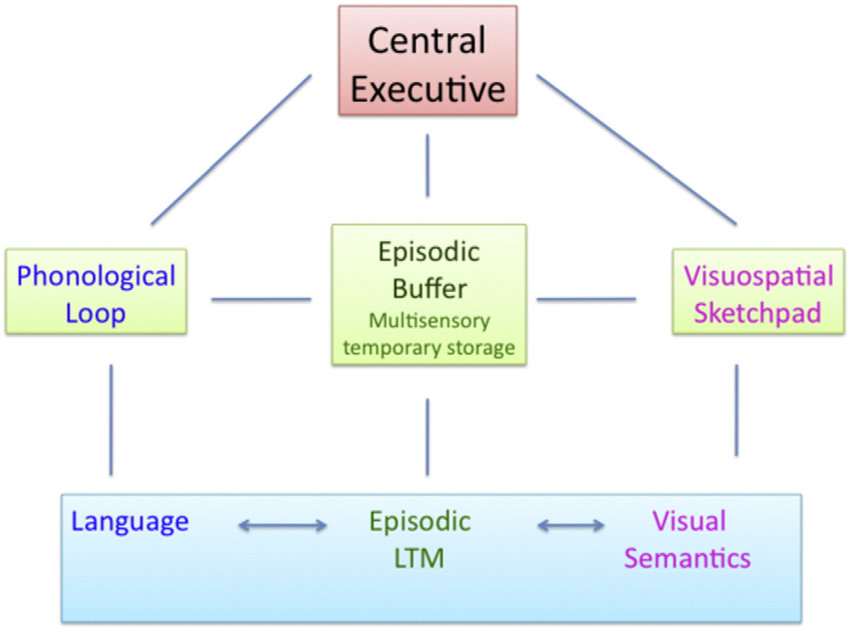
Working Memory and Second Language Acquisition
For second language acquisition, the working memory is essential for success. In numerous studies, working memory has been shown to be implicated in correct verbal utterances, vocabulary storage, and grammar. For grammar in particular, working memory is paramount to apply vocabulary concepts to higher level thinking, or for verbal and written self-expression.
Researchers have found that when there are deficits in working memory in children learning a new language, there can be many consequences:
1. Difficulty finishing tasks
2. Difficulty following verbal instructions
3. Shyness in class participation
4. Disengagement during class time
5. Difficulty responding verbally
6. Received information easily forgotten
7. Difficulty remembering vocabulary and structures
8. Difficulty reading some words
9. Skipping words when reading
10. Progress not observed.
11. Problems finding a pronoun’s referent, resolving lexical ambiguity, and performing well on general comprehension (Daneman & Merickle, 1996).
Strategies to Improve Working Memory
But, all hope is not lost. Thanks to the education community, there are a number of strategies that can improve poor working memory.
Experts recommend one of two approaches when addressing the aspect of Working Memory:
- To create an environment with a small chance for failure, which also helps to lower classroom anxiety. This means to break up larger chunks of a lesson into smaller ones, to commit them to memory effectively.
- Choosing familiar content
- Form links between new and existing content, and completing one topic before moving on to the next
Educators have found great success in these strategies through the use of games in the classroom. This study in particular has a list of possible games to increase working memory for second language acquisition. Among the many listed, a few of them go hand in hand with many cognitive learning strategies and culturally responsive techniques that have been covered on the blog. These two in particular are easy to implement, and can be used for many different instances in one day!
- Proverbs or “stories” that act as a general rule or truth
These can be done in the form of story telling, debating, presenting, or anything else you can think of! It requires the understanding of a lesson, and an explanation of that story and its broader purpose. Working memory will be used heavily here!

- Days of the week/months of the year
It’s easy to learn the days of the week and be able to repeat them, but to manipulate them for different purposes allows for the working memory to be of use. Have the students list them backwards, put them in a story, alphabetize them, and categorize them according to different characteristics. This creates an episode from the working memory to be stored in long term memory
The more we understand the working memory, the better we can understand the strengths and weaknesses of each student. By being more aware of the phonological loop theory, more concrete methods can be used in the classroom to have a lasting effect on second language acquisition.
